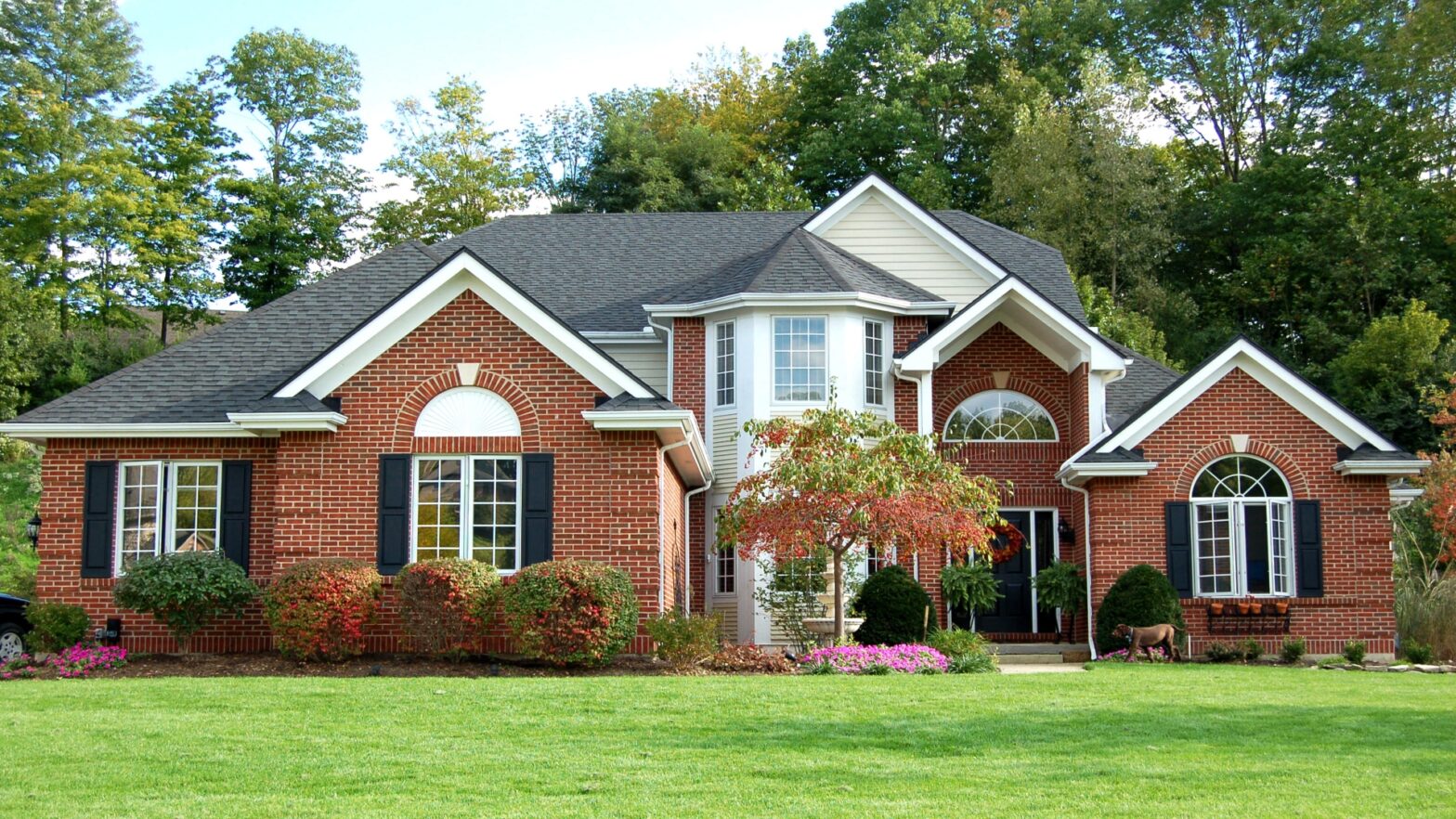- What is Green Building Engineering?
- The Pillars of Green Building Engineering
- Benefits of Green Building Engineering
- Green Building Engineering in Action
- The Human Element of Green Building Engineering
- The Future of Green Building Engineering
In the face of growing environmental concerns, the construction industry is undergoing a transformative shift. Green building engineering stands at the forefront of this change, offering innovative solutions to reduce the environmental impact of buildings and create sustainable spaces for future generations.
What is Green Building Engineering?
Green building engineering encompasses the design, construction, and operation of buildings with a focus on environmental sustainability. A civil engineering company in Jacksonville can play a key role in this process, ensuring that projects incorporate eco-friendly practices. This approach involves a holistic view of the entire building lifecycle, from material selection and energy efficiency to waste management and indoor air quality.
The Pillars of Green Building Engineering
- Sustainable Materials: At the heart of green building engineering is the use of eco-friendly materials. This includes materials with low environmental impact during production, transport, and disposal, as well as renewable and recycled materials.
- Energy Efficiency: Energy-efficient buildings reduce energy consumption and greenhouse gas emissions. This can be achieved through improved insulation, efficient heating and cooling systems, and renewable energy sources like solar panels and wind turbines.
- Water Conservation: Efficient water use is another key aspect of green building engineering. Water-saving technologies like rainwater harvesting, greywater recycling, and low-flow fixtures can significantly reduce water consumption.
- Indoor Environmental Quality: Green buildings prioritize occupant health and well-being. This means providing ample natural light, clean air, and comfortable temperatures.
Benefits of Green Building Engineering
- Environmental Benefits: Reduced environmental impact is the most obvious advantage of green buildings. By minimizing energy and water consumption, as well as waste production, green buildings help to conserve natural resources and protect ecosystems.
- Economic Benefits: While initial construction costs might be slightly higher for green buildings, the long-term economic benefits are significant. Reduced energy and water bills, as well as increased property values, can lead to significant savings over time.
- Health and Wellness Benefits: Green buildings create healthier and more comfortable environments for occupants. Improved indoor air quality, access to natural light, and reduced noise levels can all contribute to improved health and productivity.
- Social Benefits: Green building engineering contributes to the creation of more sustainable and resilient communities. By reducing the environmental impact of buildings, green building engineers play a vital role in addressing global challenges like climate change and resource depletion.
Green Building Engineering in Action
Green building engineering is being embraced across the globe, with innovative projects showcasing the potential of this approach. From net-zero energy buildings that produce as much energy as they consume to living buildings that integrate seamlessly with their natural surroundings, green building engineering is pushing the boundaries of sustainable design.
The Human Element of Green Building Engineering
Beyond the technical aspects, green building engineering also involves a human element. By creating spaces that promote health, well-being, and connection to nature, green building engineers are not only protecting the planet but also enhancing the quality of life for individuals and communities.
The Future of Green Building Engineering
As environmental awareness grows and technology advances, the field of green building engineering is set for further expansion. Emerging trends like smart buildings, biophilic design, and circular economy principles are shaping the future of sustainable construction.
Conclusion
Green building engineering represents a powerful tool for addressing the environmental challenges of our time. By embracing sustainable practices and prioritizing the well-being of both people and the planet, green building engineers are creating spaces that inspire and empower us to build a brighter future.
Remember: Choosing sustainable building practices isn’t just about compliance – it’s about creating a legacy of responsible stewardship for future generations.

































